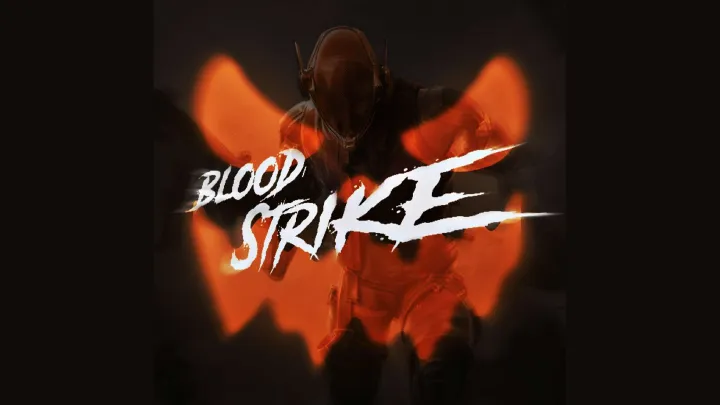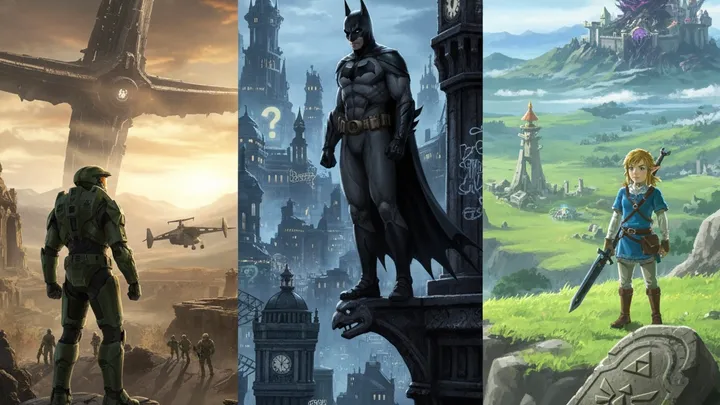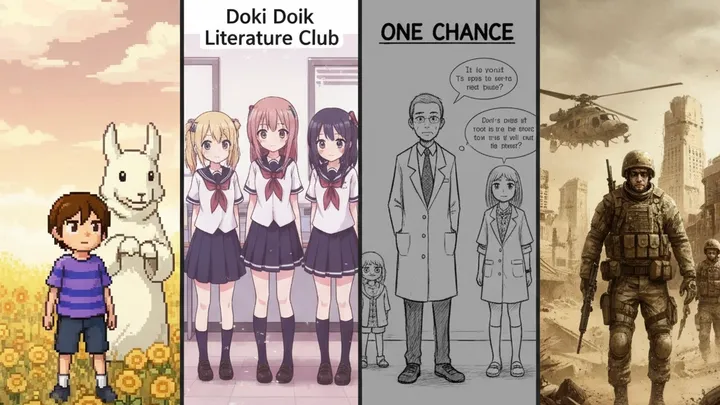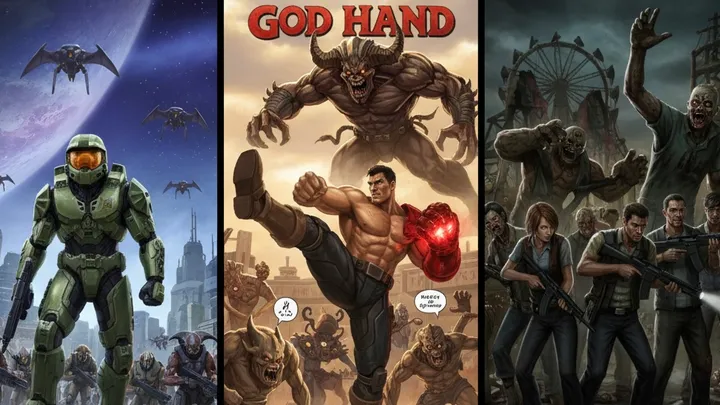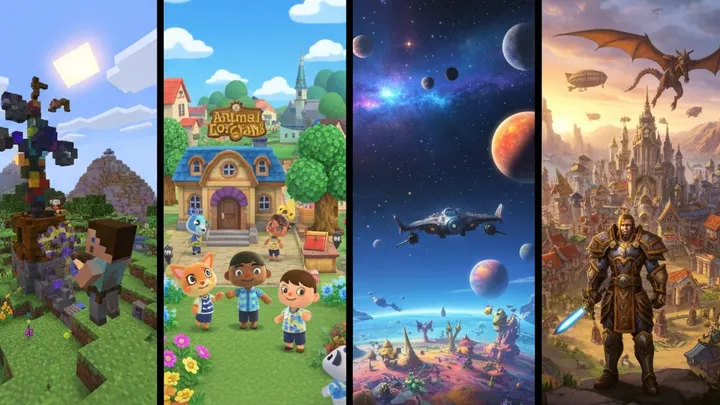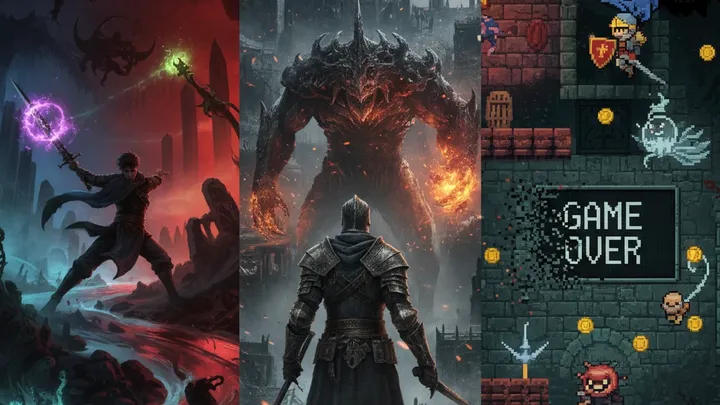Introduction
Horror in gaming comes in many forms. While some titles rely on gore or sudden jump scares, the most enduring and unsettling kind of fear is psychological. Psychological horror games play with the player’s mind, twisting perception, creating unease, and haunting players long after they’ve turned off the screen.
These games often blur the line between reality and illusion, using atmosphere, sound design, and narrative uncertainty to immerse players in paranoia. Unlike action-horror games where enemies can be defeated with weapons, psychological horror often makes you feel powerless, fragile, and deeply unsettled.
Indie developers and AAA studios alike have crafted masterpieces in this genre. Below, we’ll explore the Top Psychological Horror Games That Haunt You, from cult classics to modern nightmares, each leaving an indelible mark on the player’s psyche.
1. Silent Hill 2 – The Gold Standard of Psychological Horror
No list would be complete without Silent Hill 2 (2001). Widely regarded as one of the best horror games ever made, it delivers a disturbing exploration of grief, guilt, and trauma.
Players control James Sunderland, who arrives in Silent Hill after receiving a letter from his deceased wife. The fog-shrouded town becomes a reflection of his psyche, filled with grotesque monsters embodying his guilt. Every enemy and environment symbolizes repressed emotions, making the experience both terrifying and tragic.
Its haunting soundtrack, ambiguous storytelling, and the unforgettable presence of Pyramid Head cement Silent Hill 2 as a masterpiece that lingers in players’ minds long after completion.
2. Amnesia: The Dark Descent – Fear of the Unknown
Released in 2010 by Frictional Games, Amnesia: The Dark Descent revitalized the horror genre by removing combat entirely. Players are defenseless, forced to hide and flee from horrifying creatures lurking in the dark.
What makes Amnesia unforgettable is its sanity mechanic: staying in the dark too long or witnessing disturbing events deteriorates the protagonist’s mental state. This blurs reality, distorts visuals, and makes players doubt their senses.
Its minimalist yet terrifying design proves that fear is most effective when it stems from the imagination, making Amnesia one of the most haunting games ever created.
3. Layers of Fear – A Descent into Madness
Layers of Fear (2016) by Bloober Team focuses on psychological horror through art and insanity. Players step into the shoes of a painter obsessed with creating his magnum opus, only to descend into a nightmare of hallucinations.
The mansion environment constantly shifts and morphs, playing tricks on perception. Doors vanish, hallways twist, and rooms change behind your back. This creates a sense of unease where players can never fully trust what they see.
Rather than relying on combat, Layers of Fear terrifies by exploring themes of obsession, mental illness, and the blurred line between genius and madness.
4. Outlast – Trapped in Terror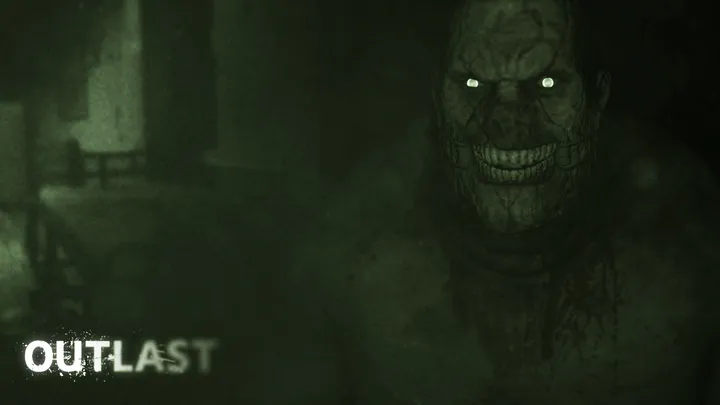
Set in an abandoned psychiatric hospital, Outlast (2013) puts players in the shoes of an investigative journalist armed only with a camcorder.
The game’s night-vision mechanic forces players to conserve batteries, amplifying the tension as they navigate pitch-black corridors. Enemies cannot be fought—only avoided or escaped. The constant vulnerability creates a suffocating sense of dread.
Outlast’s disturbing imagery and relentless pacing make it one of the most intense psychological horror experiences, leaving players shaken even after surviving.
5. Fatal Frame II: Crimson Butterfly – Horror Through the Lens
Known as Project Zero in some regions, Fatal Frame II (2003) is a Japanese psychological horror classic. Players explore a haunted village armed with only the Camera Obscura, a device that can capture spirits.
The game blends folklore, tragedy, and ghostly imagery to create a chilling narrative about two sisters trapped in a cursed ritual. The act of facing horrors directly through a camera lens amplifies vulnerability, forcing players to look at what they’d rather avoid.
Its eerie atmosphere, combined with deeply emotional storytelling, makes it one of the most haunting horror games ever created.
6. SOMA – Horror with Existential Weight
Another Frictional Games masterpiece, SOMA (2015) shifts from pure jump scares to existential dread. Set in an underwater research facility, the game explores themes of identity, consciousness, and humanity’s future.
Players encounter terrifying biomechanical creatures, but the true horror lies in the philosophical questions: what does it mean to be human? Are we more than our physical bodies?
By the end, SOMA leaves players haunted not just by monsters but by its profound questions, making it one of the most thought-provoking psychological horror games ever made.
7. Eternal Darkness: Sanity’s Requiem – Breaking the Fourth Wall
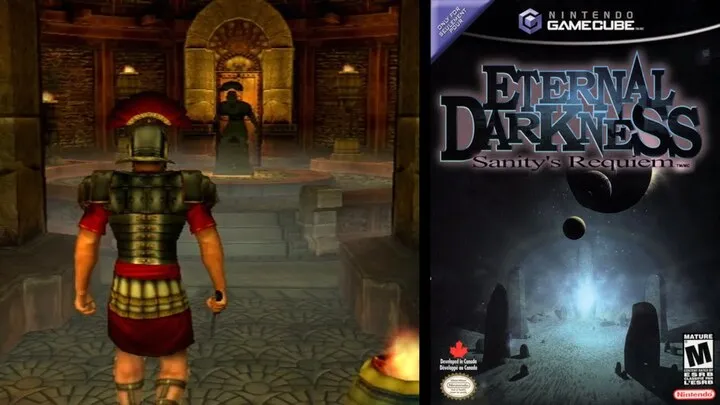 Released for the GameCube in 2002, Eternal Darkness was ahead of its time. It introduced a “sanity meter” that altered the game as players lost their grip on reality.
Released for the GameCube in 2002, Eternal Darkness was ahead of its time. It introduced a “sanity meter” that altered the game as players lost their grip on reality.
Instead of just affecting the protagonist, the game directly manipulated the player—fake TV errors, disappearing save files, or bizarre in-game glitches. This unique mechanic blurred the boundary between the game world and reality.
Its inventive approach to psychological horror still stands as a landmark in gaming history, showing how fear can extend beyond the screen.
8. Observer – Cyberpunk Psychological Horror
From the creators of Layers of Fear, Observer (2017) blends psychological horror with cyberpunk aesthetics. Players take the role of a detective who can hack into people’s minds to uncover their memories.
This mechanic leads to surreal, nightmarish sequences where reality collapses into twisted visions of trauma, fear, and paranoia. Its atmosphere is enhanced by the voice of Rutger Hauer, lending gravitas to the dystopian narrative.
Observer proves that psychological horror can thrive not only in haunted houses but also in futuristic, digital nightmares.
9. Hellblade: Senua’s Sacrifice – The Horror of Inner Demons
While not a traditional horror game, Hellblade: Senua’s Sacrifice (2017) by Ninja Theory is a harrowing journey into psychosis. Players guide Senua, a Celtic warrior, through a mythological world shaped by her mental illness.
The game uses binaural audio to simulate voices in Senua’s head, creating a deeply immersive and unsettling experience. Players hear whispers, doubts, and conflicting thoughts, making them feel her paranoia firsthand.
Hellblade’s fusion of psychological horror with empathy and storytelling makes it haunting in a uniquely human way.
10. Alan Wake – A Thriller of Shadows
Alan Wake (2010) by Remedy blends psychological thriller and survival horror. Players follow Alan, a writer trapped in a town where his own stories come to life as nightmarish foes.
Light becomes the only weapon against shadowy enemies, forcing players to rely on flashlights and flares. The narrative constantly blurs fiction and reality, leaving players questioning what is real.
With its episodic structure and atmosphere inspired by Stephen King and Twin Peaks, Alan Wake is both terrifying and mesmerizing, lingering in memory long after the credits roll.
Conclusion – The Lingering Shadows of Psychological Horror
What makes psychological horror games so haunting is not just the monsters or scares, but the emotional and mental weight they leave behind. These games challenge perception, manipulate senses, and confront players with fears that go beyond the screen—fear of death, madness, guilt, or even the unknown.
From the foggy streets of Silent Hill to the existential depths of SOMA, from the mind-bending terror of Eternal Darkness to the raw vulnerability of Outlast, psychological horror has proven itself as one of gaming’s most powerful storytelling tools.
While traditional horror may make you jump, psychological horror makes you think, doubt, and remember—sometimes for years after playing. These games do not just frighten; they haunt.





